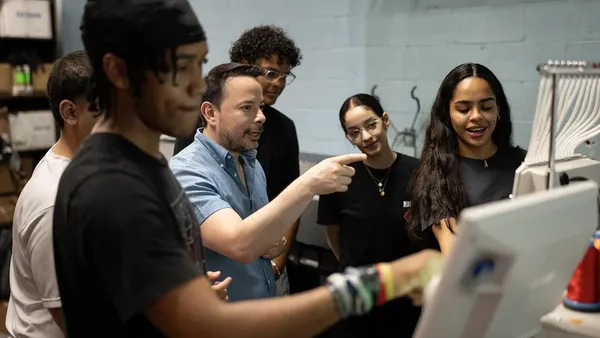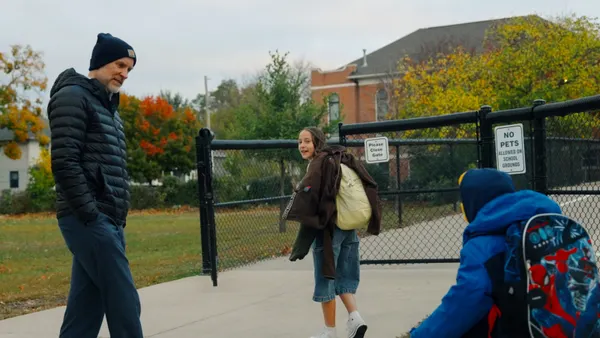Dive Brief:
- As budgets cut away at extracurricular programs in schools, low-income and minority students are not getting access to these opportunities, on a scale of three to one, as compared to students from middle-class families, wrote EdSurge.
- When it comes to extra courses that are academic in nature, in particular, students who have access and take part in them are 400% more likely to go to college than those who don’t, according to research the authors cite from a 2003 paper published in the Journal of Adolescent Research.
- Organizations such as Blueprint4Summer and OutSchool, both mentioned in the article, are looking to bring some balance, with ways that all students can connect to people in fields they want to pursue, and also find internships and other learning opportunities during the summer, that can be free or low-cost.
Dive Insight:
The very word "extracurricular" is misleading when thinking about how programs usually run during the after-school hours can enhance learning. The implication that these courses and activities are extra to what a student needs to succeed educationally may lead administrators to ignore avenues that can add them into a school day.
Budget constraints may limit schools from offering extracurricular activities to all students. Districts and schools often lack funding and families cannot afford to pay fees associated with these activities. Administrators can consider grants and other funding streams in order to fold extracurricular programs into the curriculum, which can benefit students' learning. This is particularly true when it comes to helping children develop social and emotional learning skills. Partnering with community organizations that might offer scholarships for children from lower-income families is another path toward increasing access.
After-school activities, like sports teams and clubs, can enhance and encourage the development of social skills like empathy and communication. These skills are extremely valuable not only when students are working with their fellow peers in the classroom, but also in a future workplace. Innovative programs might include learning how to work together to keep an active bee hive running on a school site or developing collaboration skills while building designs for an after-school theater program. Data released this week, for example, showed that students who participate in technology and engineering-related activities outside of school score higher on assessments of how they apply knowledge and skills in those areas.
All of these experiences help students develop communication, critical thinking and creativity skills, those that employers have said that they want future employees to have — and that some workers may be lacking, but need in order to succeed. Through that lens, then, extracurricular activities are not something extra to a student’s education — but a necessary part of their future.





 Dive Awards
Dive Awards




